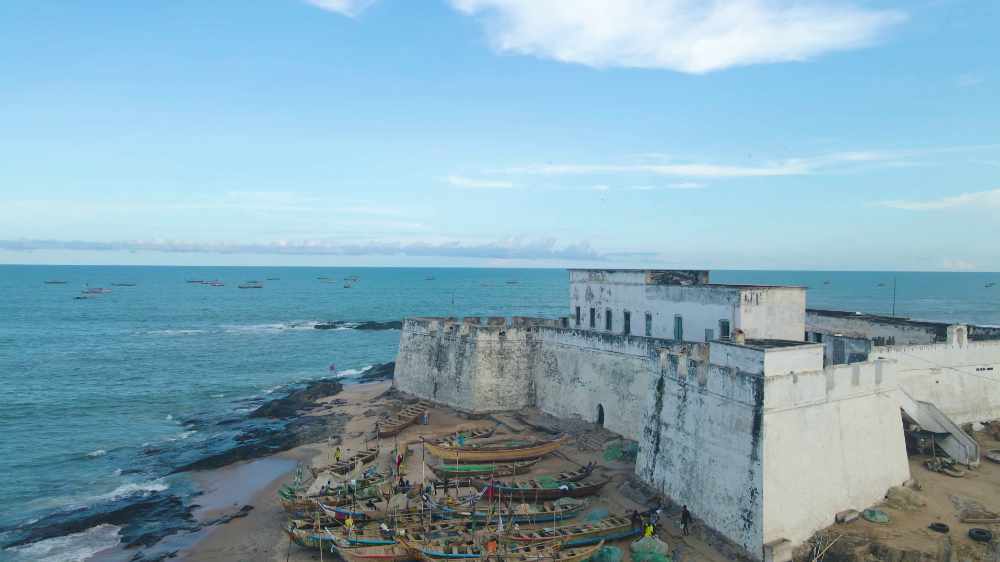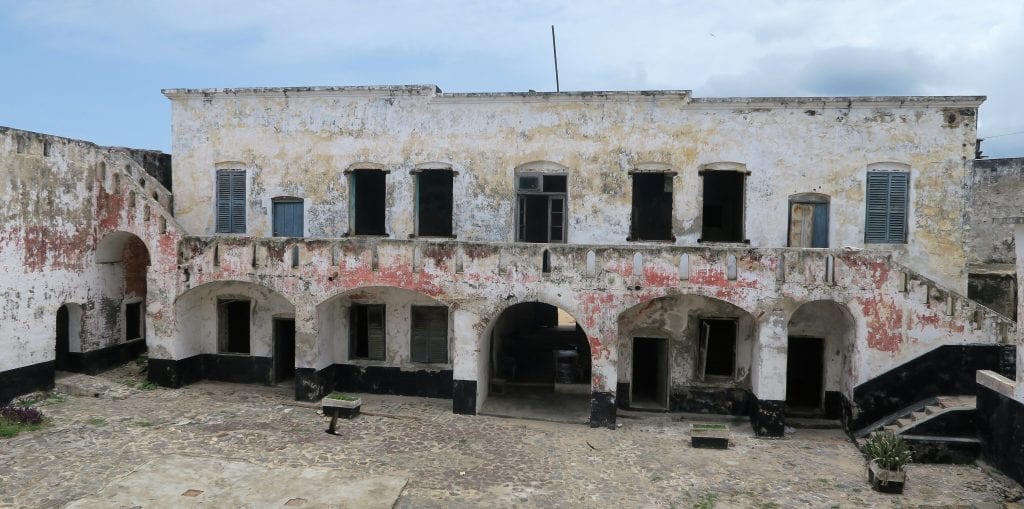Fort William, located in Anomabo, Central Region, Ghana, is a historic fort that has played a significant role in the region’s history. Originally known as Fort Anomabo, it was renamed Fort William in the nineteenth century by its then-commander, Brodie Cruickshank, who added an additional storey to the main building during the reign of King William IV.
The fort was constructed in 1753 by the British African Company of Merchants, the successor to the Royal African Company after they successfully thwarted a French attempt to establish a fort at the same location. The fort was designed by the military engineer John Apperly, who became its first governor. However, Apperly died in 1756, and Richard Brew, an Irishman, took over as the fort’s governor and completed its construction in 1760.

It is worth noting that two earlier forts had been established at the same site. The Dutch established the first fort in 1640, and the English built Fort Charles in 1674. Unfortunately, Fort Charles was abandoned in 1730 and eventually destroyed.
Fort William was a crucial center of British slave trading along the Gold Coast until the slave trade was outlawed in 1807. Despite the fort’s role in the slave trade, it remains an important part of Ghana’s history and heritage.
Today, Anomabo is a popular tourist destination due to the historical significance of Fort William. Visitors can tour the fort and learn about its role in the slave trade, as well as its importance to the British colonial period in Ghana. The fort also offers stunning views of the surrounding area, and visitors can enjoy picturesque beaches and local hospitality. The fort and the surrounding area continue to attract visitors from all over the world, who are keen to learn about Ghana’s rich history and culture.
READ NEXT ON : Fort Amsterdam, a World Heritage Site in Kormantin






































